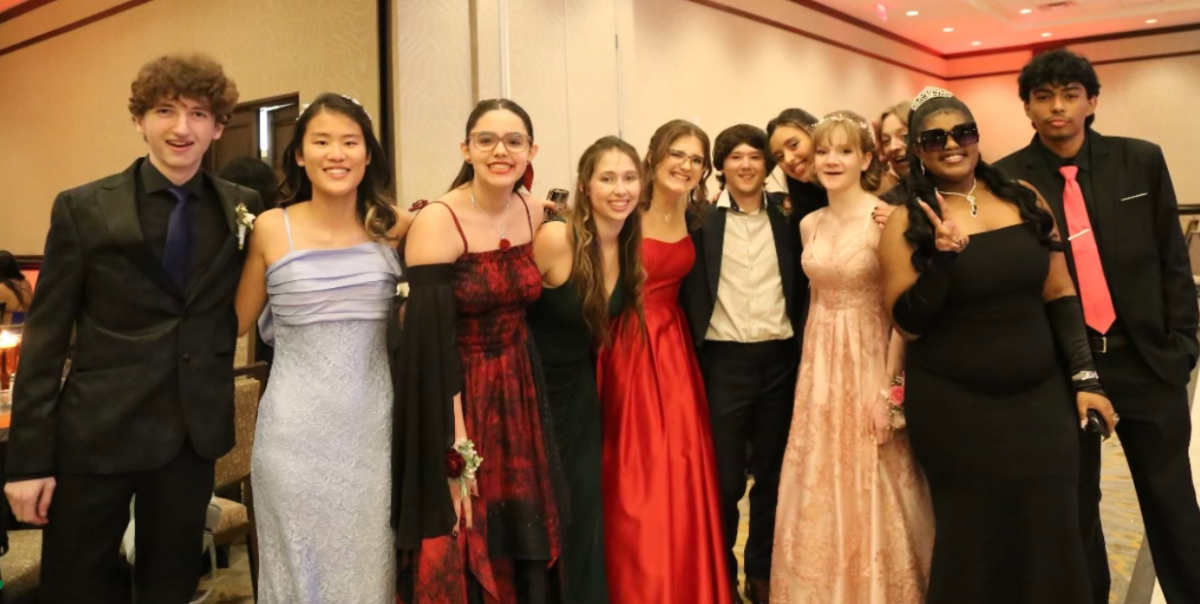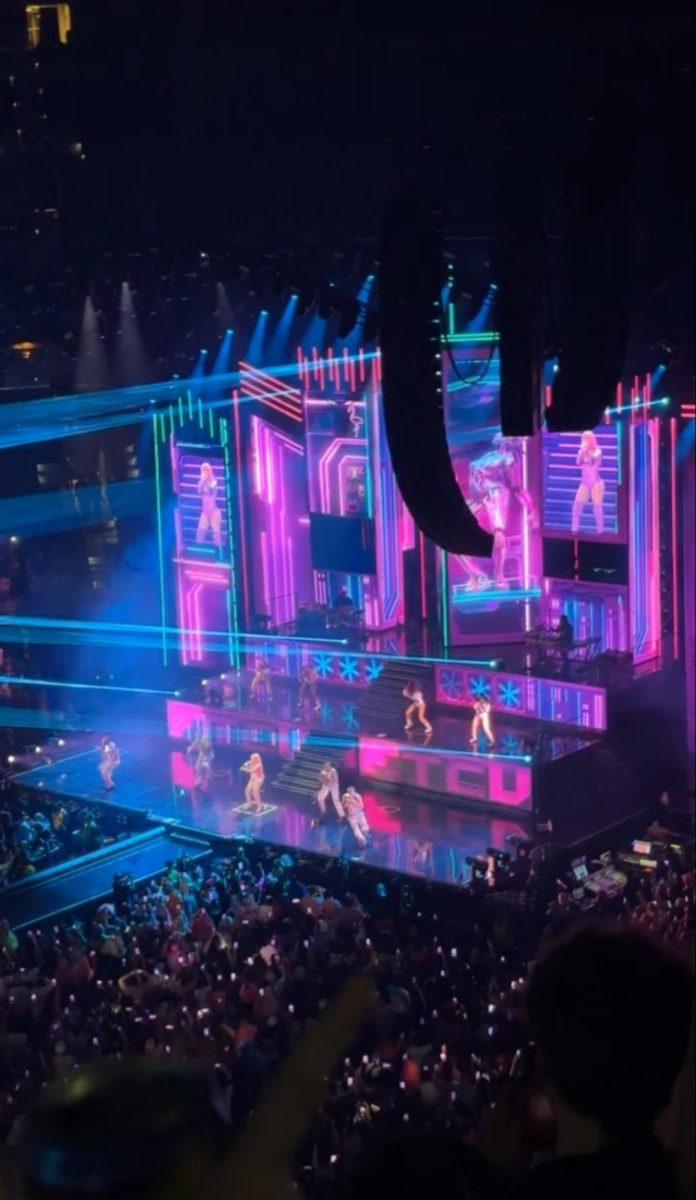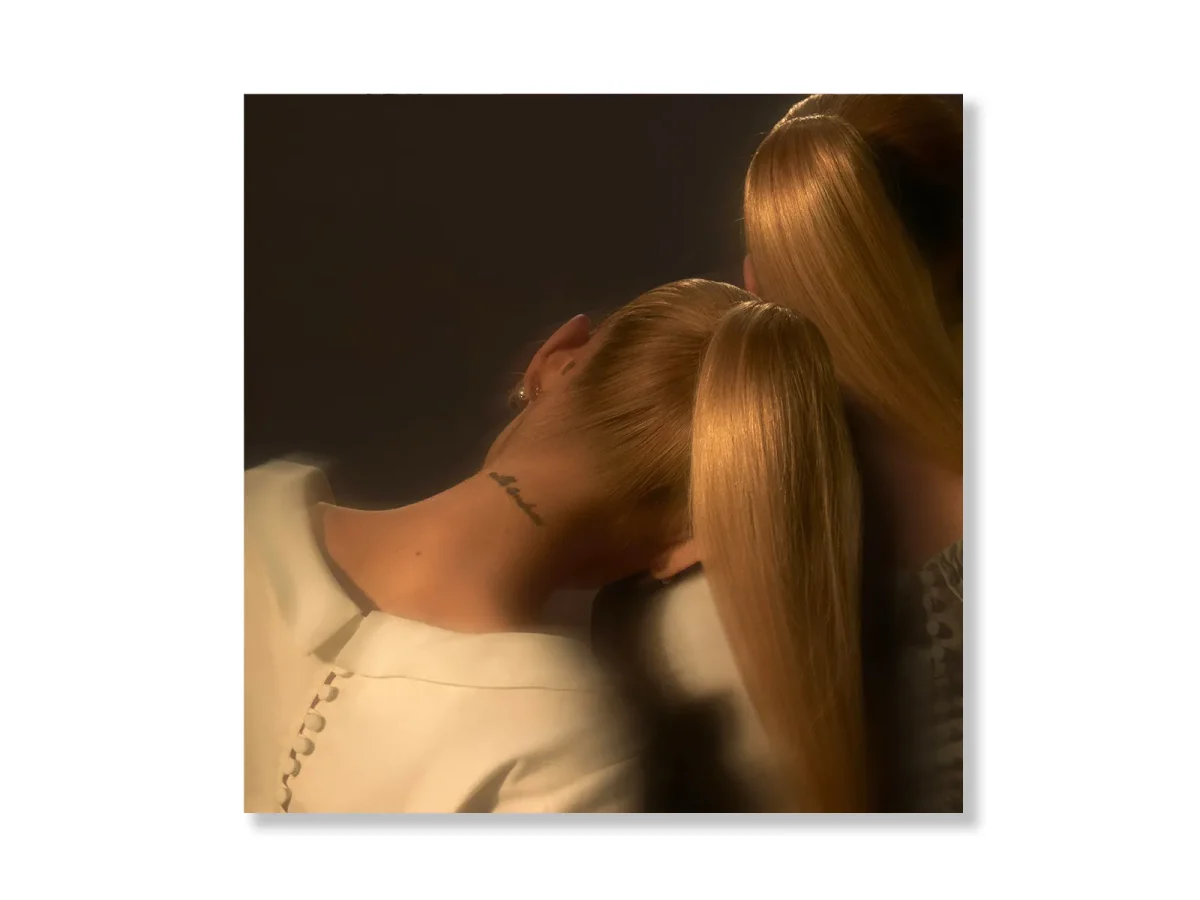From the streets of Tehran
Freedom square was never packed with so many people.
The whole city must have poured into the streets the morning after the election. “President Ahmadenijad retains office” is—in different variations—printed on the front page of every paper in the country. The normally bustling city of Tehran froze as it was overrun by an angry Iranian populous. The city seemed to echo with things like ‘Down with the dictator!’, ‘Where is my vote?’ and ‘Only Mousavi!’ the name of reformist candidate, Mir Hussain Mousavi. From a sky view, green—the color adapted by Mousavi and his supporters—tinged the protesting crowd and could be seen on banners, heads, wristbands and signs and painted on arms, hands and faces.
“I was so angry” added Jenoos Gashasy, 33, in accented English before returning to Farsi. “I went out because I was angry. I felt cheated. I think the whole country felt cheated. We spent four hours in line and casted our ballots just to go home and see that the votes weren’t even counted.”
Jenoos and her brothers had attended many of the protests, including the very first one described above.
“There were millions of people there…old people, children, the handicapped, men, women and all kinds of people. It was like the entire country was one. It was very exciting to know that so many people were outside with you and that they were thinking and feeling the same things you were.”
It didn’t take long for the first outbreak, or any of the others that followed for weeks, to turn to violence. The Basige, a government police similar to the CIA, had ordered the deployment of soldiers to contain the protests.
“They were faceless,” commented Jenoos, “There didn’t seem to be anybody under their black uniforms. I couldn’t find any humanity.”
“We expected police to come and prevent a demonstration from changing to riot. Instead they were looking for one. We didn’t expect them to kill people… they turned it into a conflict, they turned it into a massacre.”
One of Jenoos’s brothers, Pouyan , 28, also attended several of the protests and, like many Iranians in Tehran, is skeptical of the voting process. According to Iranian state media, Ahmadenijad had a landslide victory against Mousavi and had won in nearly every city, including Tehran.
“Even if he did win, how could he have in Tabriz [Mousavi’s home city which largely supported him]? And there is no way Ahamdenijad could have won Tehran, the entire city came out to protest.”
“I spent hours in line to vote and I got home very late just to see that they were announcing the winner on the news. I couldn’t believe it.”
Although most Iranians are opposed to foreign intervention to help oust Ahmedinjad, many have sent videos through YouTube and CNN’s ‘iReport’.
“The view of Iran has been tarnished by this government,” said Pouyan, “we send [photos and videos] because we want to show the world that we are not like [the government], that we are, in fact, two separate entities…. We dress differently from them, we think differently from them and we are different from them. We are prisoners under this regime.”
“We want to the world to know what’s going on in Iran. We want the world to know and feel what we’re going through… because we are being buried little by little,” said Jenoos.
Foreign journalists were expelled from the country by the Islamic Republic a little over a week after the first demonstration, which has limited much of the media’s information regarding the protests, however; they have continued throughout the summer on weekly basis, usually on Friday which is the weekend in Iran and when most people are on holiday.





